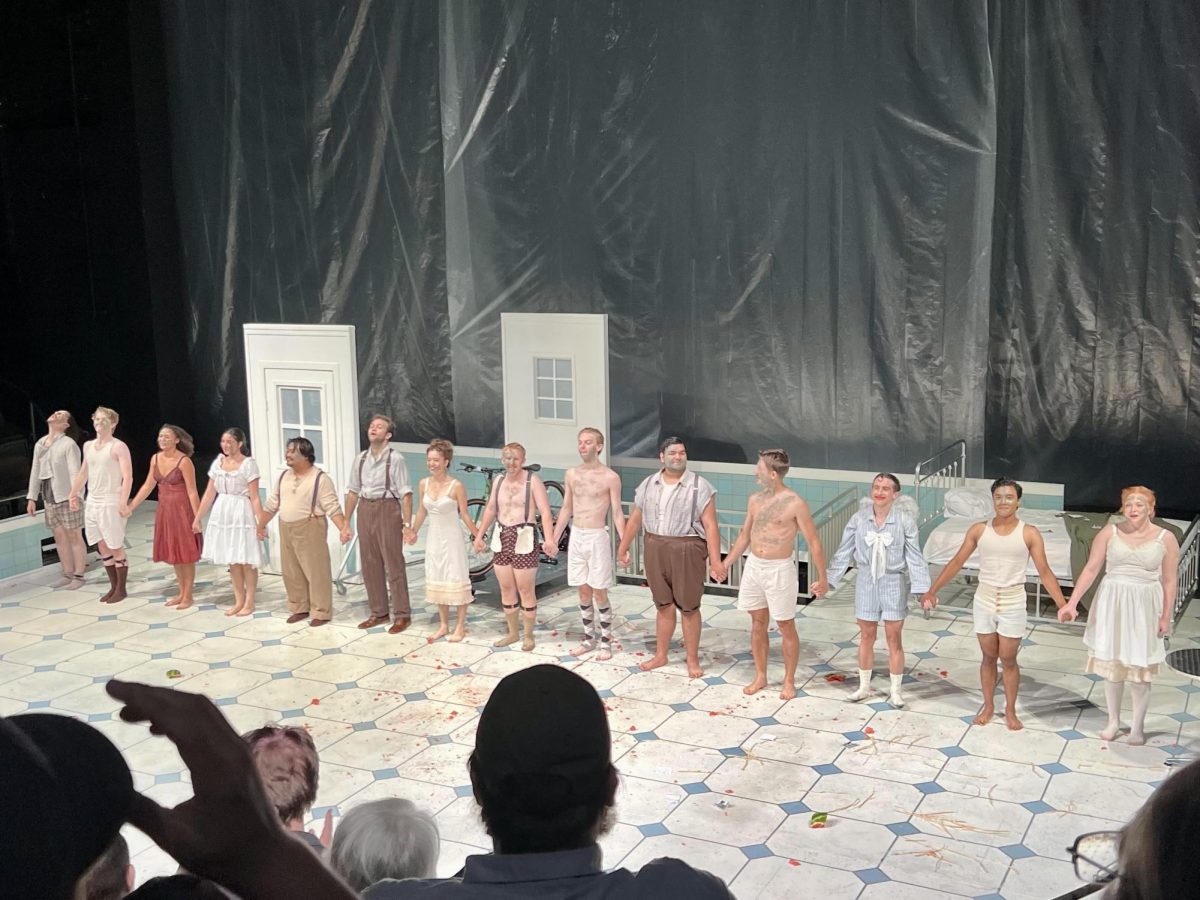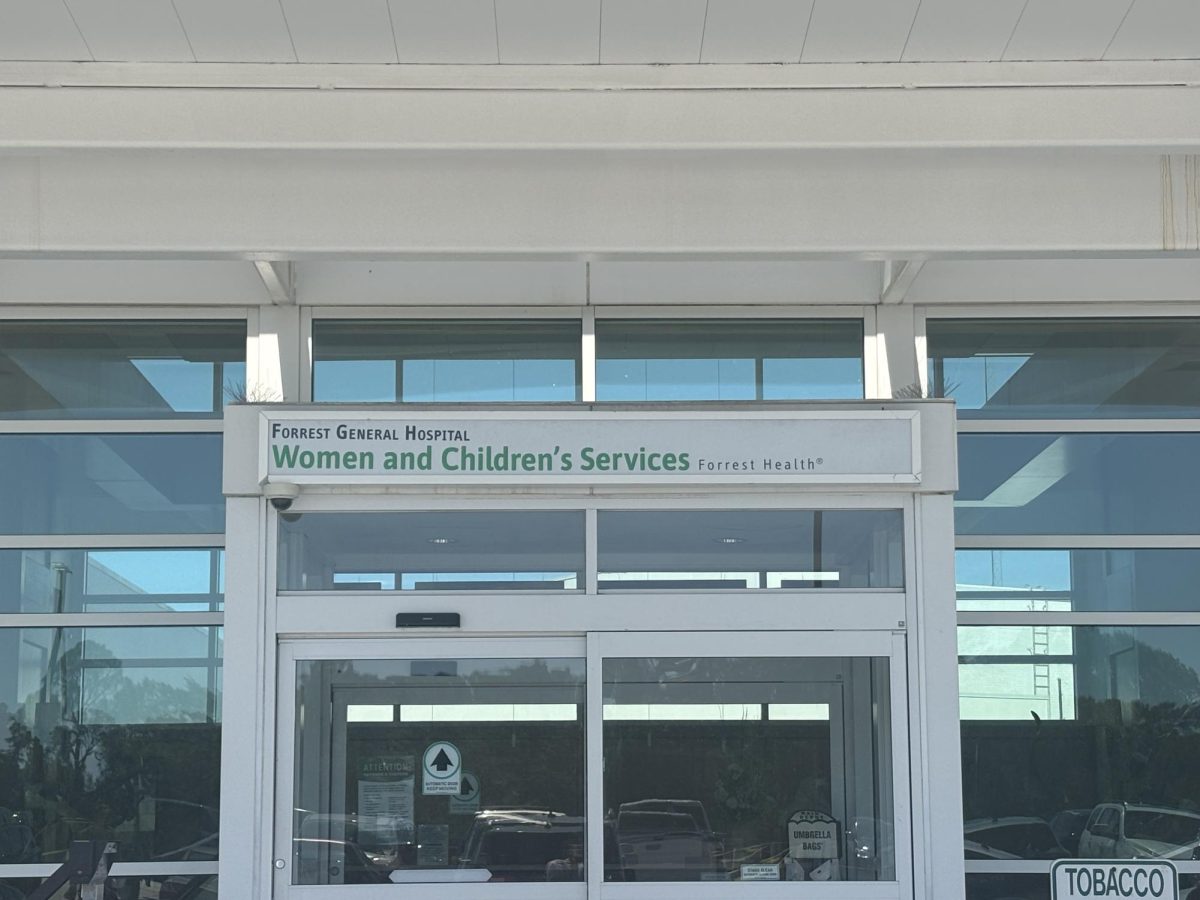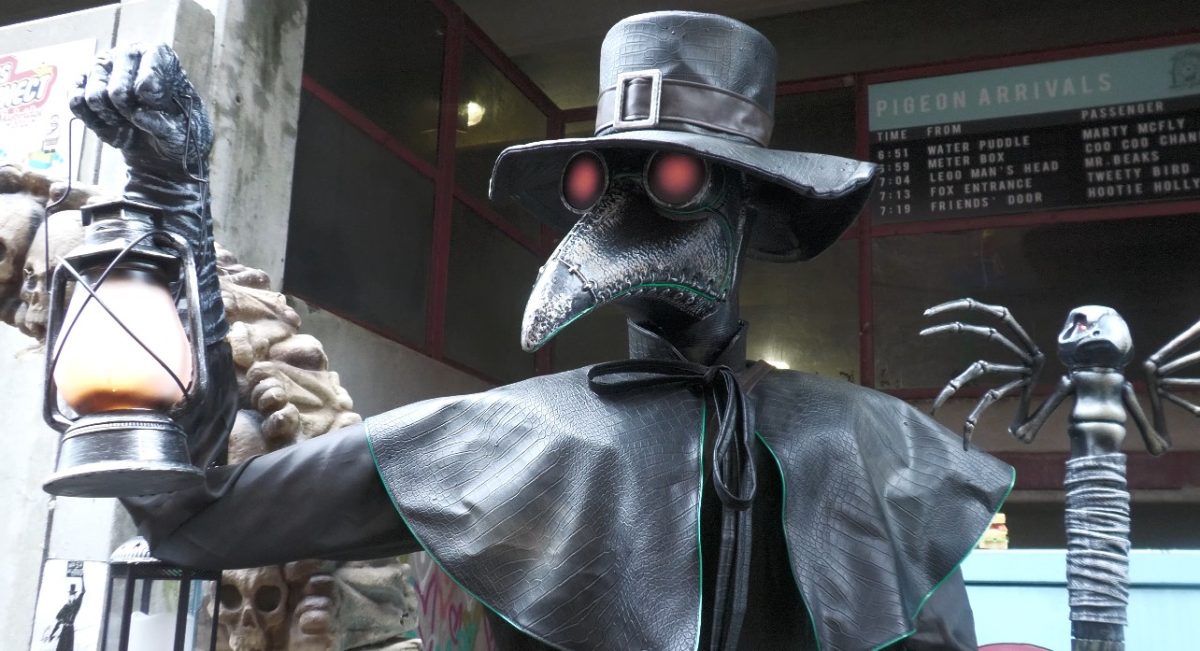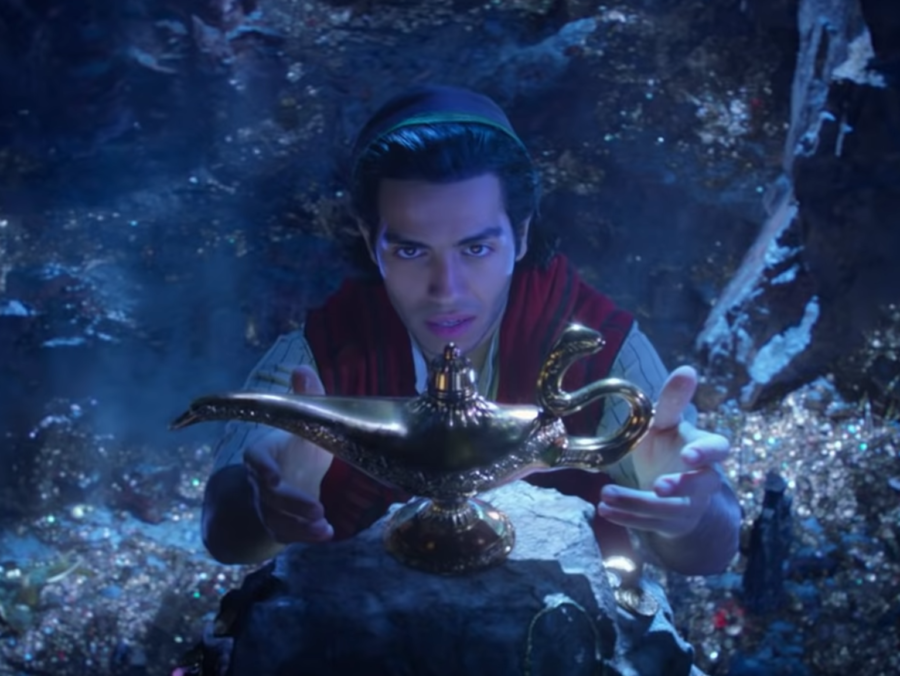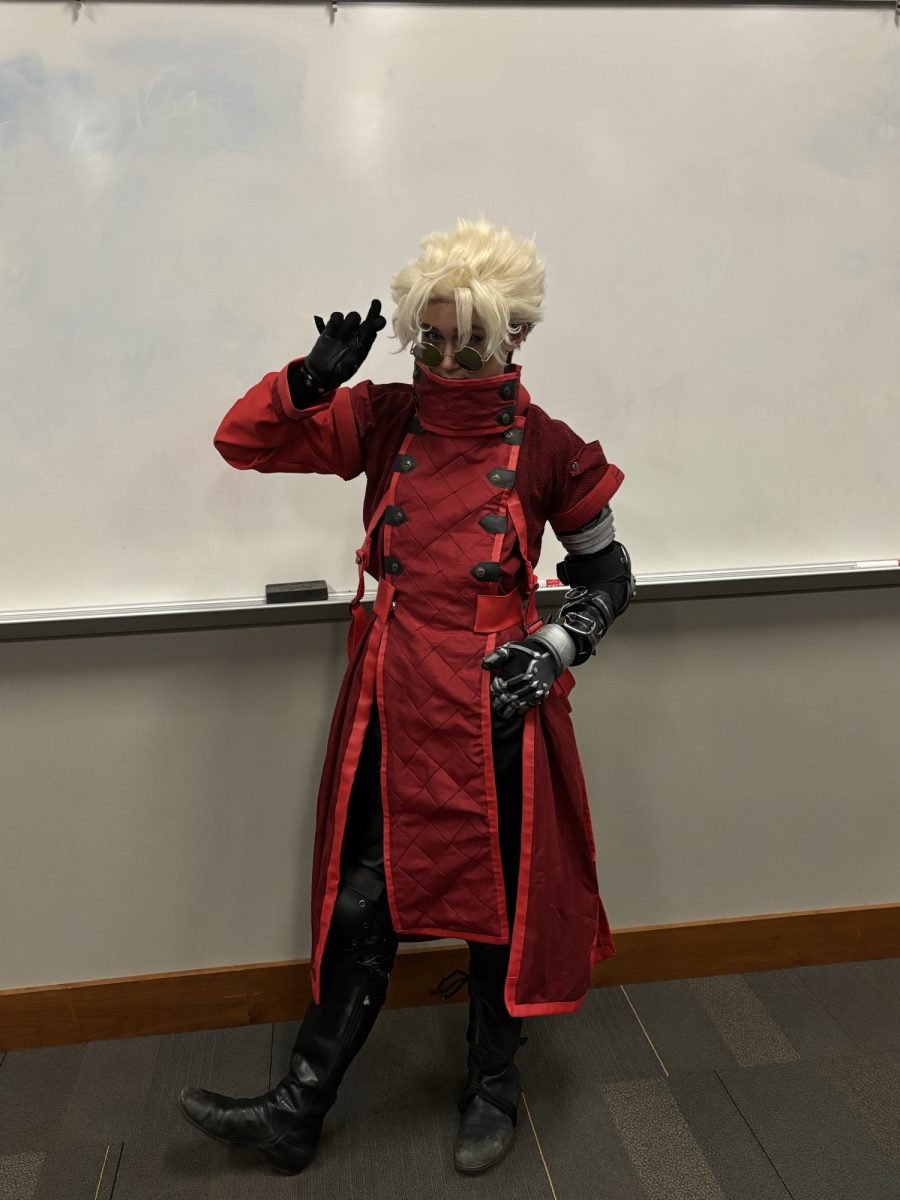During the Grammys, Disney revealed the teaser trailer for its 2019 adaptation of the classic film “Aladdin,” which received mixed receptions from audiences. This begs the question: Are live-action Disney remakes necessary?
The minute-and-a-half trailer features a seemingly prepubescent Jafar, a beautiful Jasmine and, of course, Will Smith as the iconic Genie. However, the point of this article isn’t to criticize the trailer, but to rather ask the question: When will Disney tell an original story again?
Ideally, remakes of films add something new to the story, such as the successful 2017 adaption of “Beauty and the Beast”. The film elaborated upon Belle’s backstory, including explaining the death of her mother and also adjusted the timeline of the Beast’s transformation. Not to mention the film also featured a stellar soundtrack.
The 2015 “Cinderella” was also a worthwhile live-action adaptation. Similar to “Beauty and the Beast,” the movie retold the 1950 classic with both new and familiar elements. Such heartfelt remakes feel like coming home from a long day to curl up in bed with a cup of tea.
However, what will “The Lion King” bring to the table? What will “Aladdin” offer besides a blue Will Smith? What will the yet-to-be-revealed “Mulan” offer, which rumors say will not have comedic Mushu or handsome Li Shang?
A remake walks the thin line between retelling the story and changing it so much that it is only a remake by name.
As a creative giant, what Disney needs to learn is that a revival does not automatically equal a story well told. Consider the latest nostalgia-packed “Kim Possible” reboot, which hit family televisions everywhere last Friday. Filled with plot holes bigger than the ones in Jackson, Mississippi, the movie featured mediocre CGI animation and too many flat one-liners.
Furthermore, by reviving classic fan favorites, Disney must cater to both audiences: the old and the new. This is what the “Kim Possible” reboot failed to accomplish. It did not have enough charm to appeal to its original audience, who are now adults; it did not have enough introductory elements to fully engage the current childhood audience. For example, there were many Easter eggs in the film that the original audience would have noticed, if the adults did not have work or dinner to prepare.
However, the previously mentioned “Beauty and the Beast” and “Cinderella” remakes were successful in the areas “Kim Possible” failed. Both theatrical films managed to appeal to the original audience while simultaneously enticing the newest generation. Both Emma Watson and Lily James perfectly represent the classic princesses while not trying to completely imitate them.
This article isn’t to say that all remakes are inherently bad. Stories are retold and reimagined all of the time. Instead, the purpose of this article is to criticize remakes whose purpose is all too blatantly clear: to make Disney money.
Ultimately, Disney relies too much on name recognition and brand loyalty. Instead, the company should be spinning new stories for a new generation, and not giving the youth upcycled hand-me-downs.

